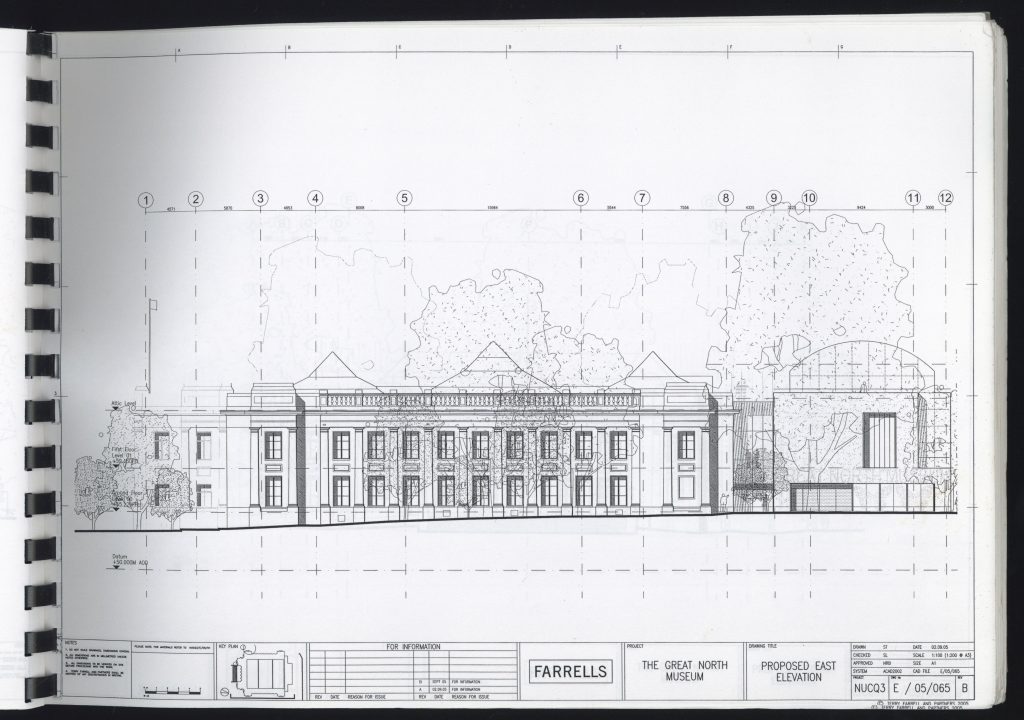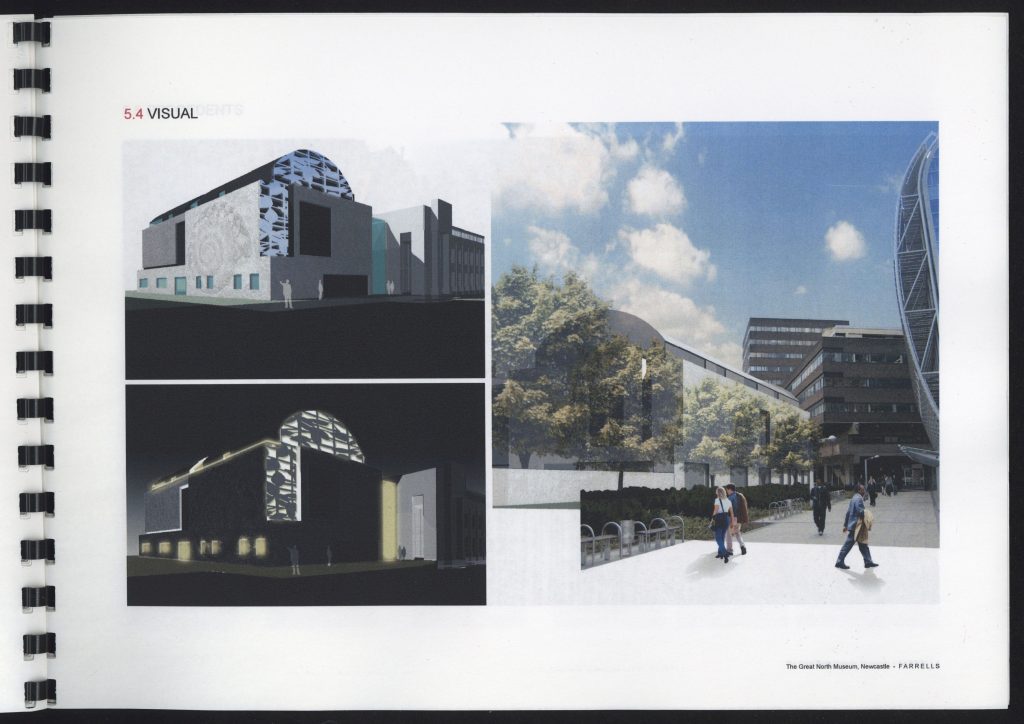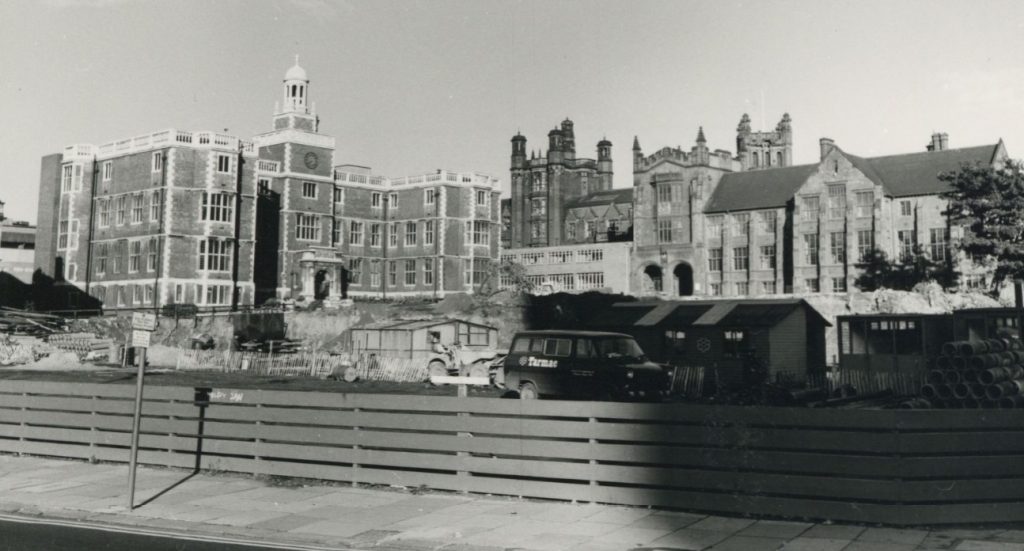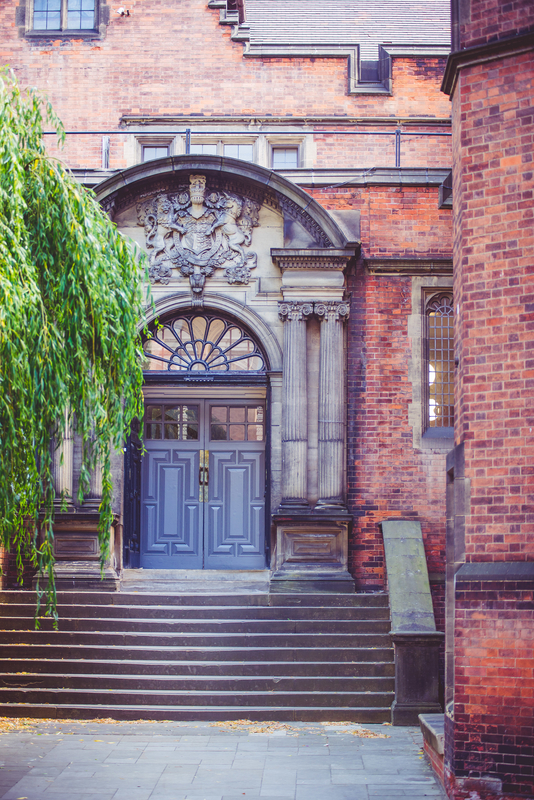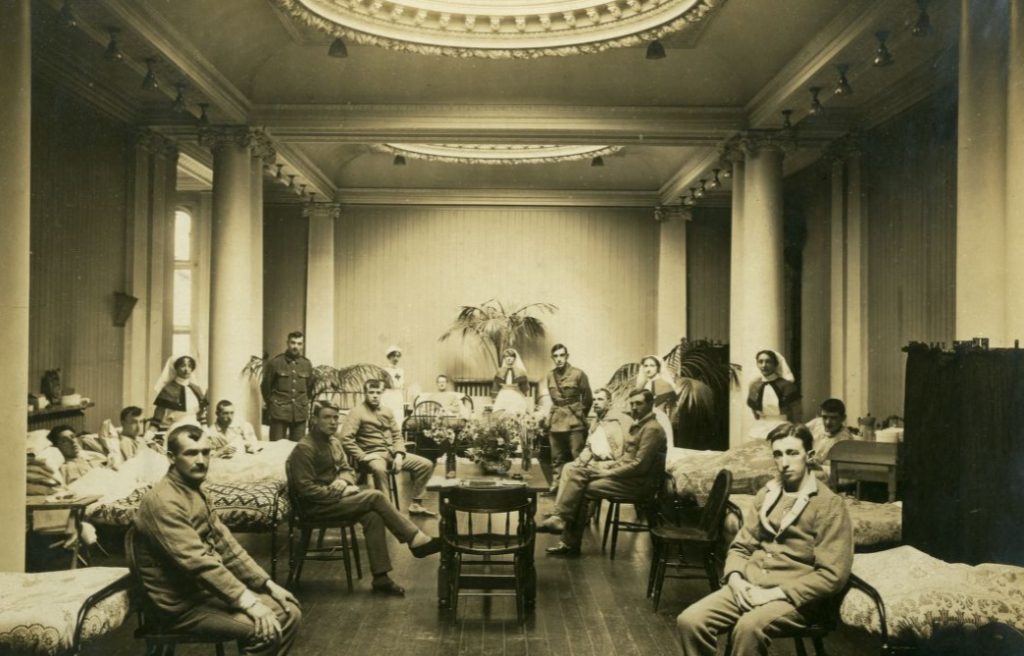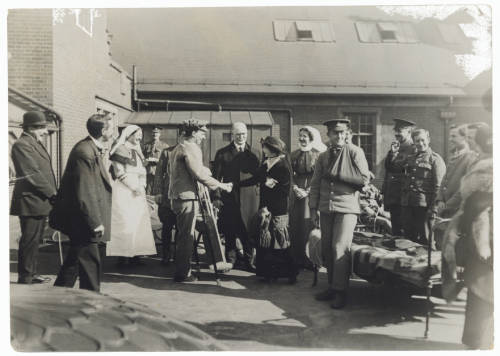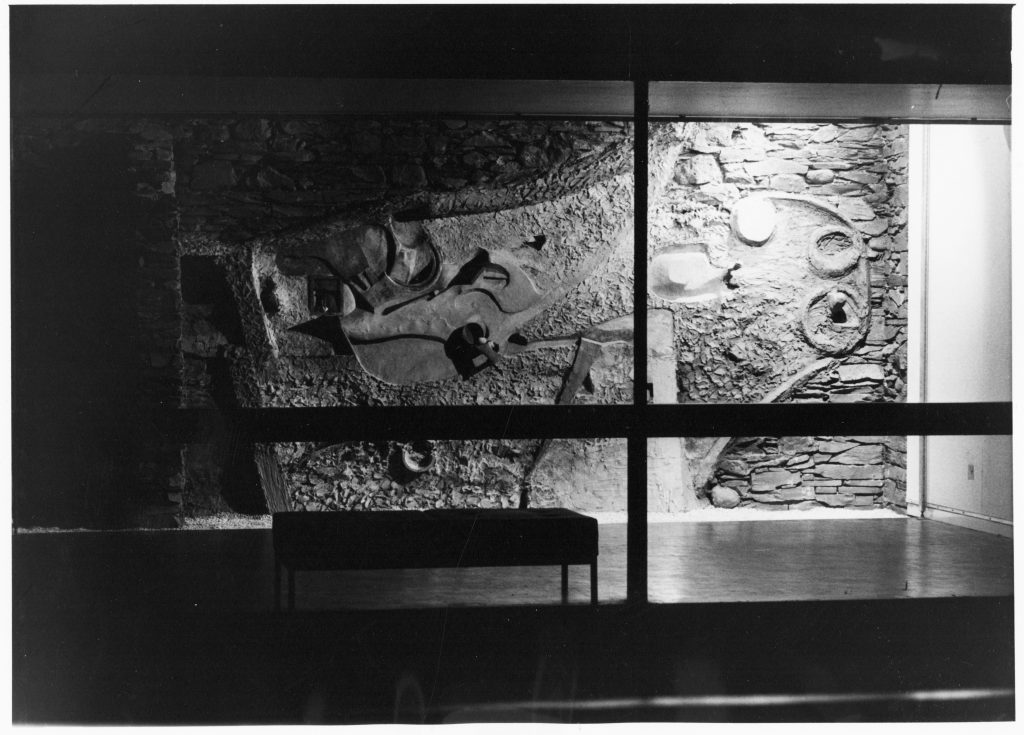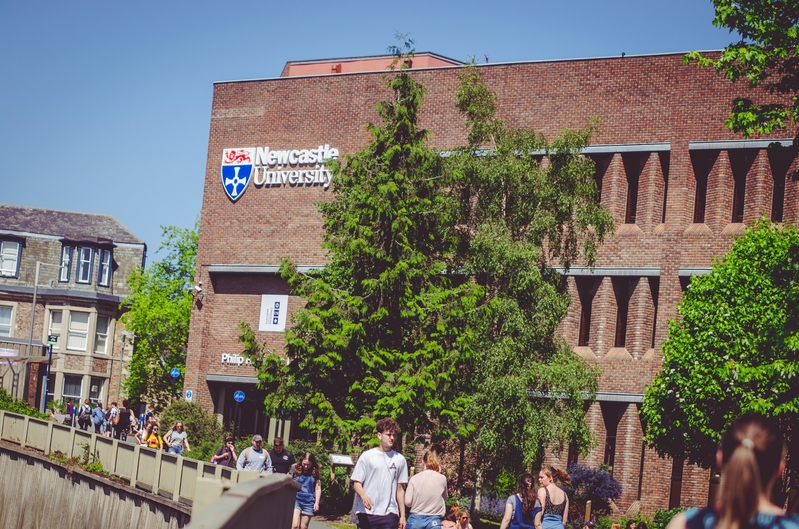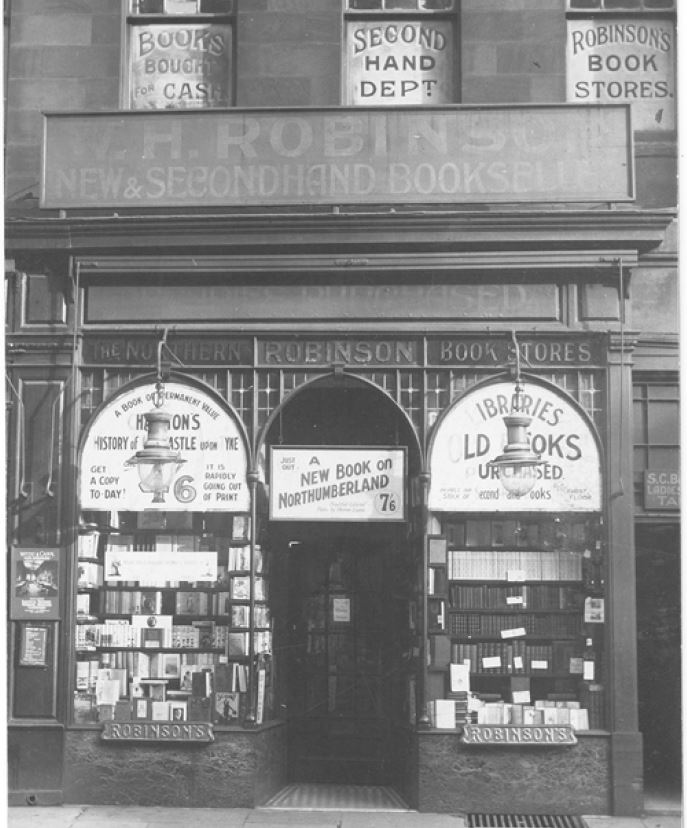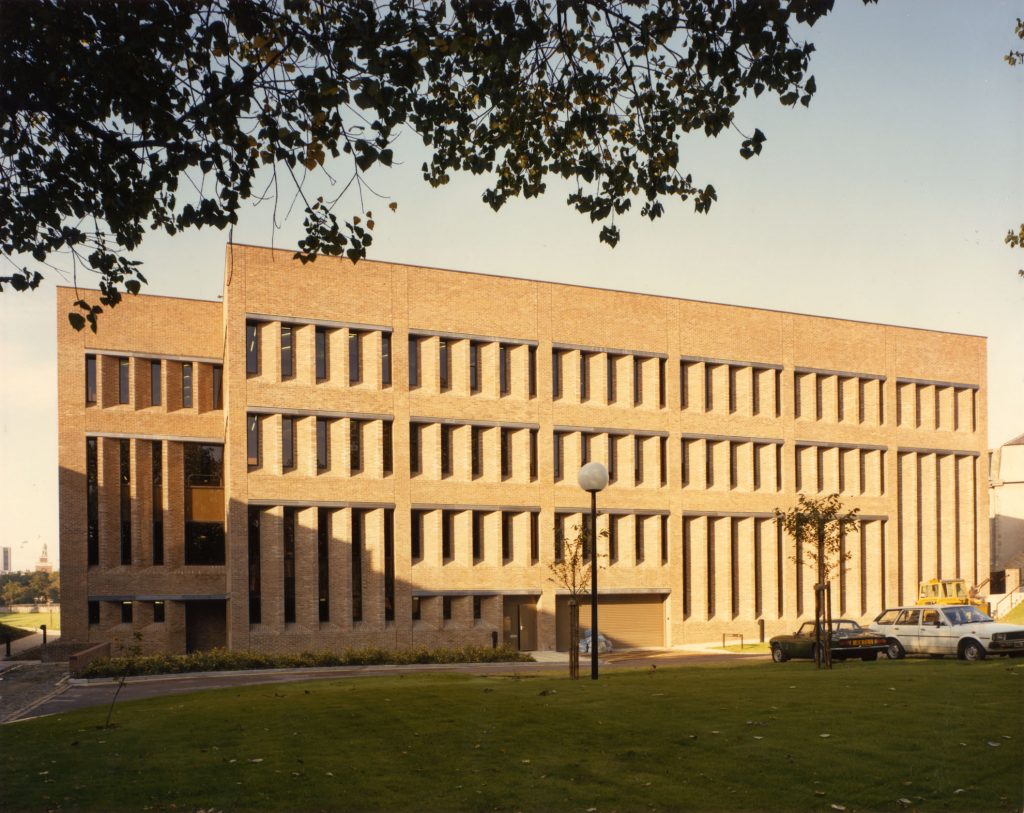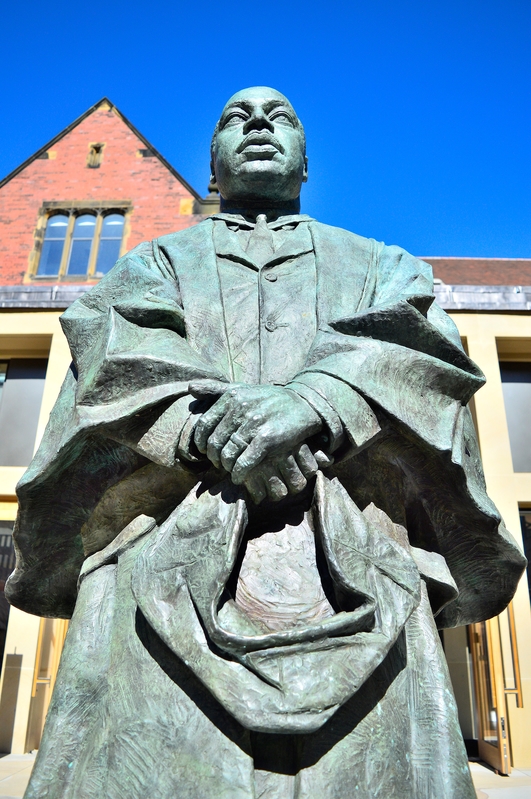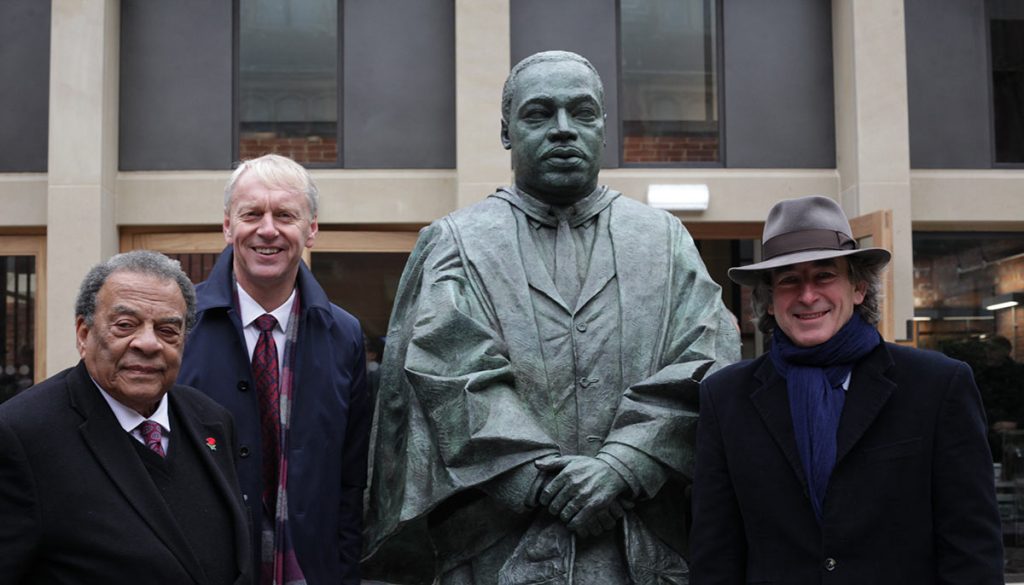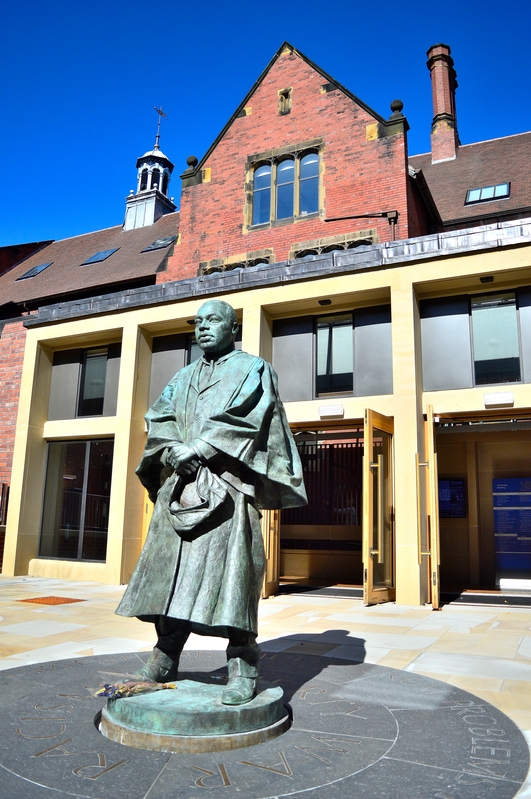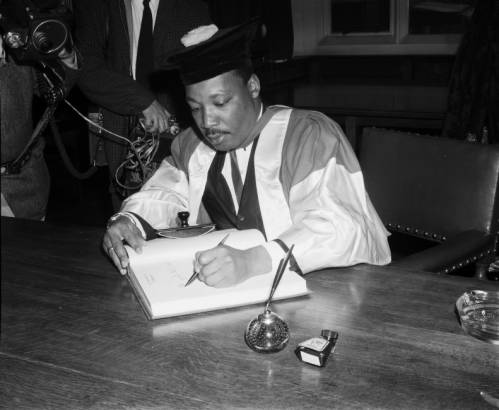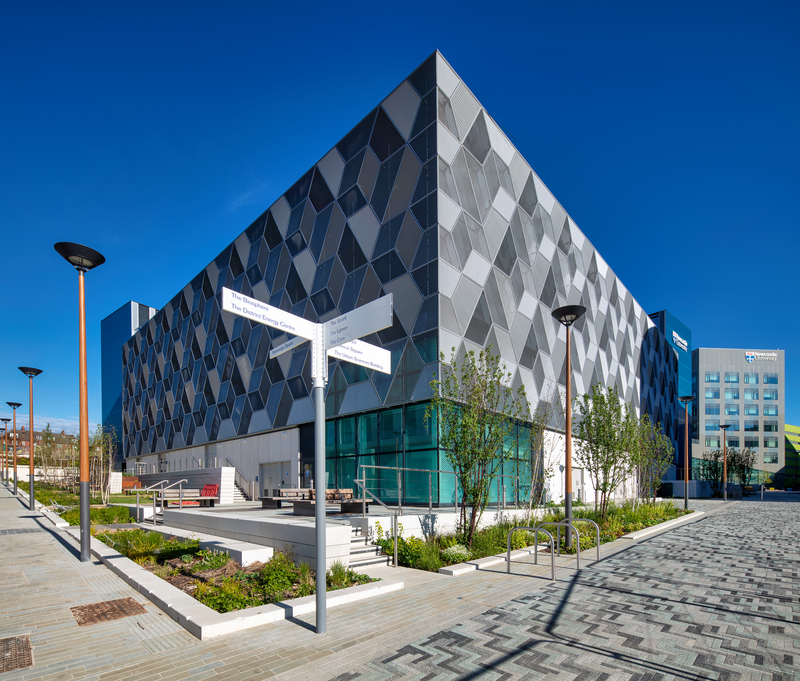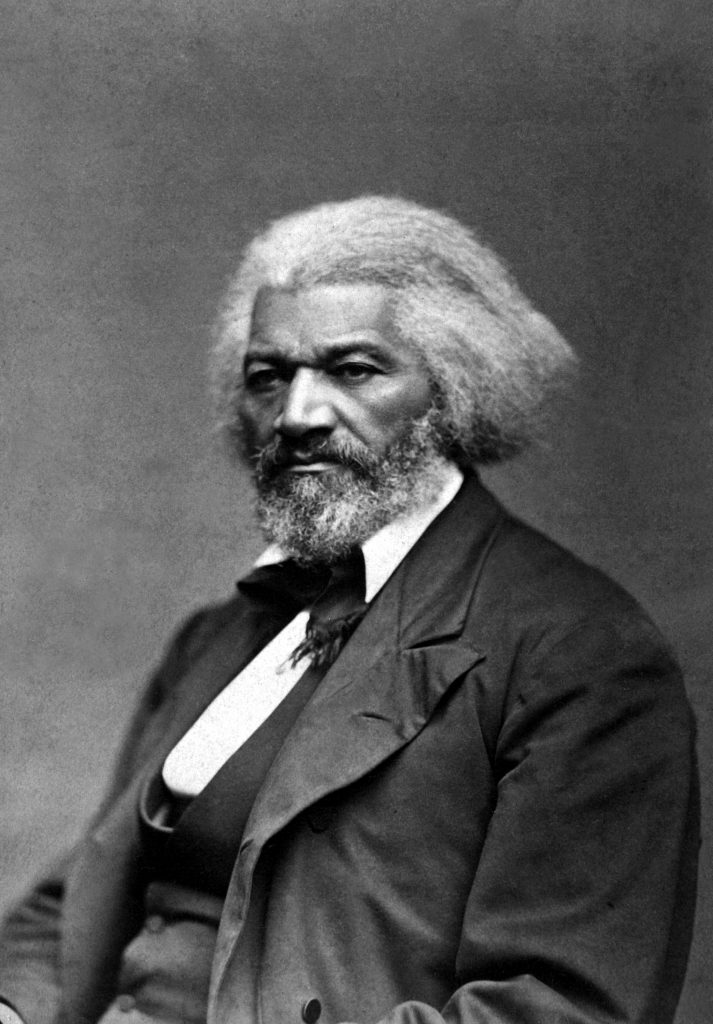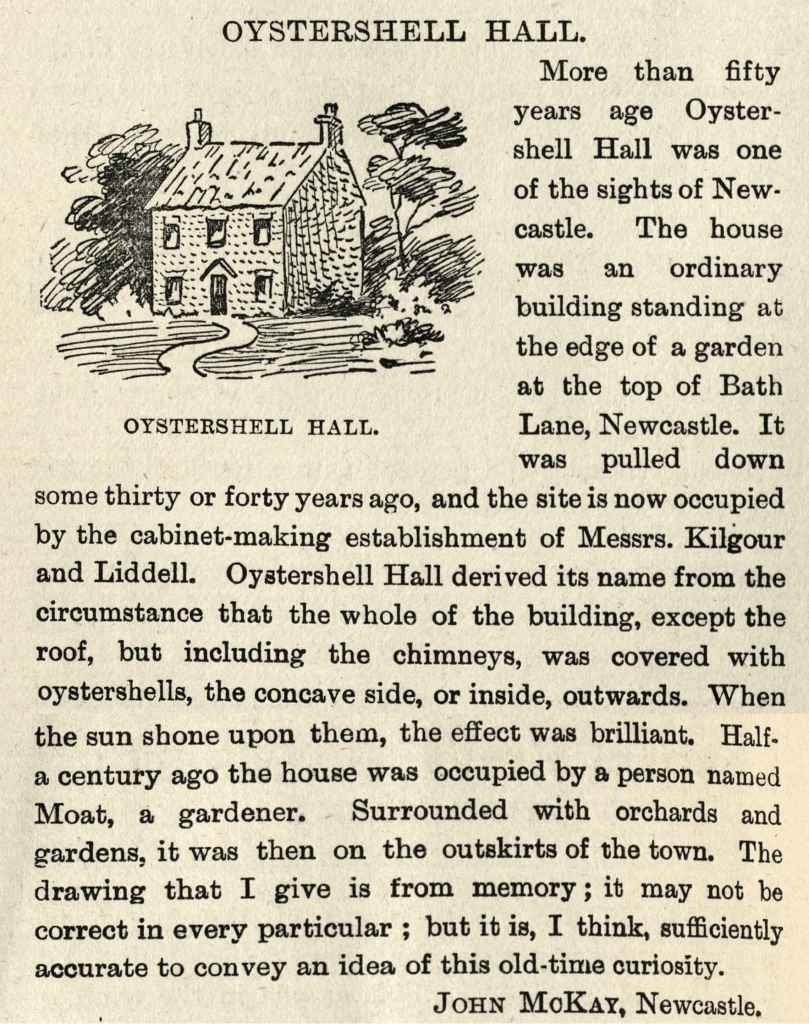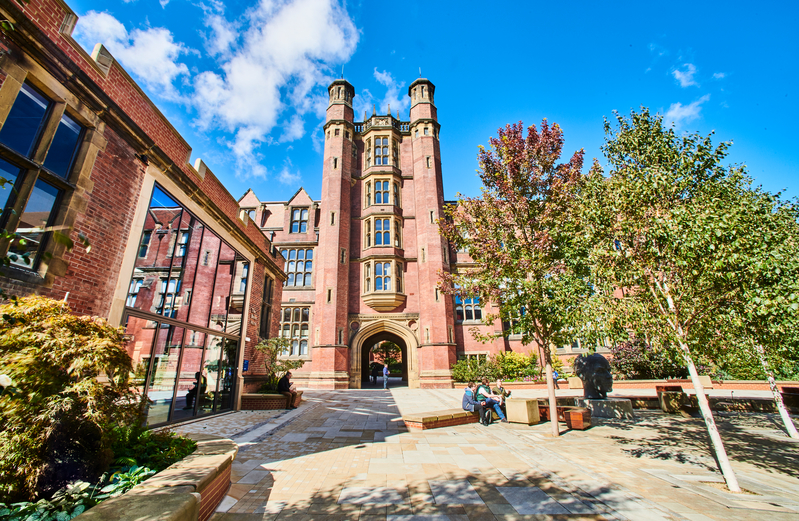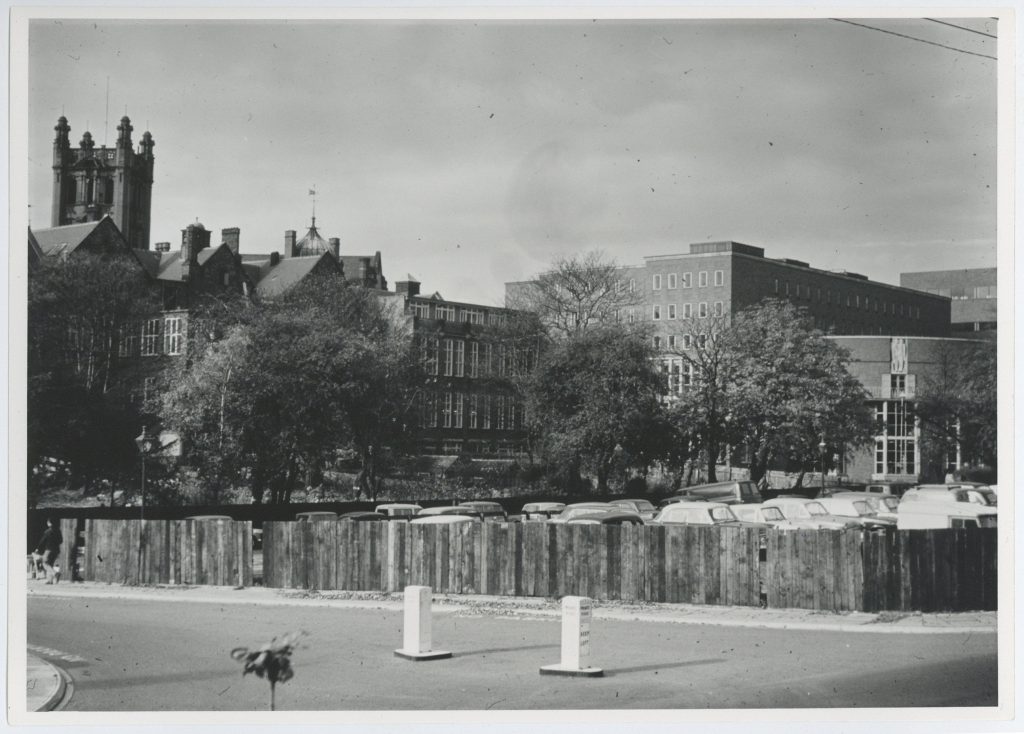
At the time of its construction the Claremont Complex was the largest single building project ever undertaken by the University. The complex incorporated Claremont Tower, Claremont Bridge, the Daysh Building and an extension to the Fine Art Building. The complex, which was officially opened in 1968, was built to house 13 departments including languages, law and geography. These departments had previously been housed around the campus, including the terraced houses on Kensington Terrace, Devonshire Terrace and Sydenham Terrace.
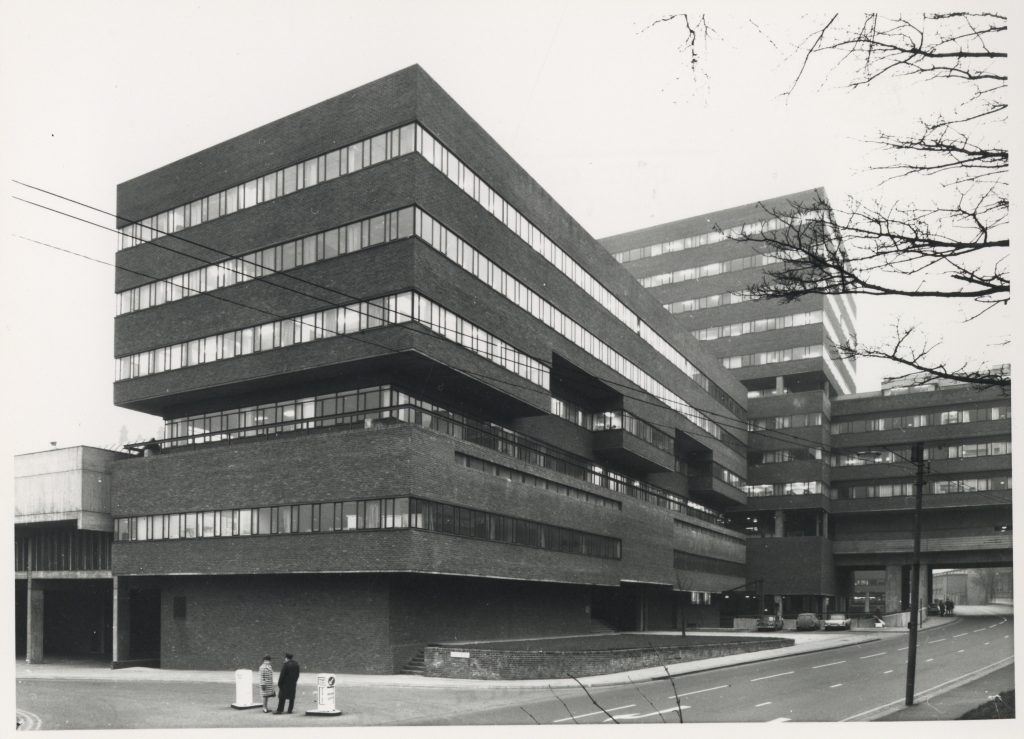
The original design included a 20 storey Claremont Tower, however objections from city planners led to a decision to build a smaller Claremont Tower and the bridge over Claremont road which exist today. On its completion in 1968 Claremont Tower included a relatively rare paternoster lift (a chain of compartments that move up and down in a continuous loop inside a lift shaft). These lifts can move higher volumes of people of than standard lifts, however unreliability and safety concerns caused the paternoster to be replaced with two standard lifts in 1989.
An extensive refurbishment of the complex completed in 2021 has created a new modern and cohesive building containing teaching and research space for schools including Geography, Politics, Sociology and Architecture. The combined building is now known as the Henry Daysh Building. Daysh led the Geography Department for 36 years from 1930, became Pro Vice Chancellor in 1963 and the university’s first Deputy Vice Chancellor in 1965. He retired in 1966 before the completion of the building that would be named in his honour.

Visit CollectionsCaptured to see more photographs of Newcastle University campus from the University Archives.
Sources
King’s Courier (1954) ‘Profile Professor Daysh’, 11th February, p.4.
Newcastle University Press Office (2018) Work starts on bringing a Newcastle landmark into the 21st century. Available at: https://www.ncl.ac.uk/press/articles/archive/2018/09/claremontanddayshrefurb/
Newcastle University School of Geography, Politics and Sociology (2021) History of Geography at Newcastle. Available at: https://www.ncl.ac.uk/gps/about/about-geography/our-history/
Pamphlet commemorating the official opening of Claremont Tower and associated buildings 1951, NUA/16/07/01/11, Newcastle University Archives, Newcastle University Special Collections, GB 186.
Want to learn more about the history of Newcastle University campus? Why not explore all the articles in our Campus Tour blog series.


